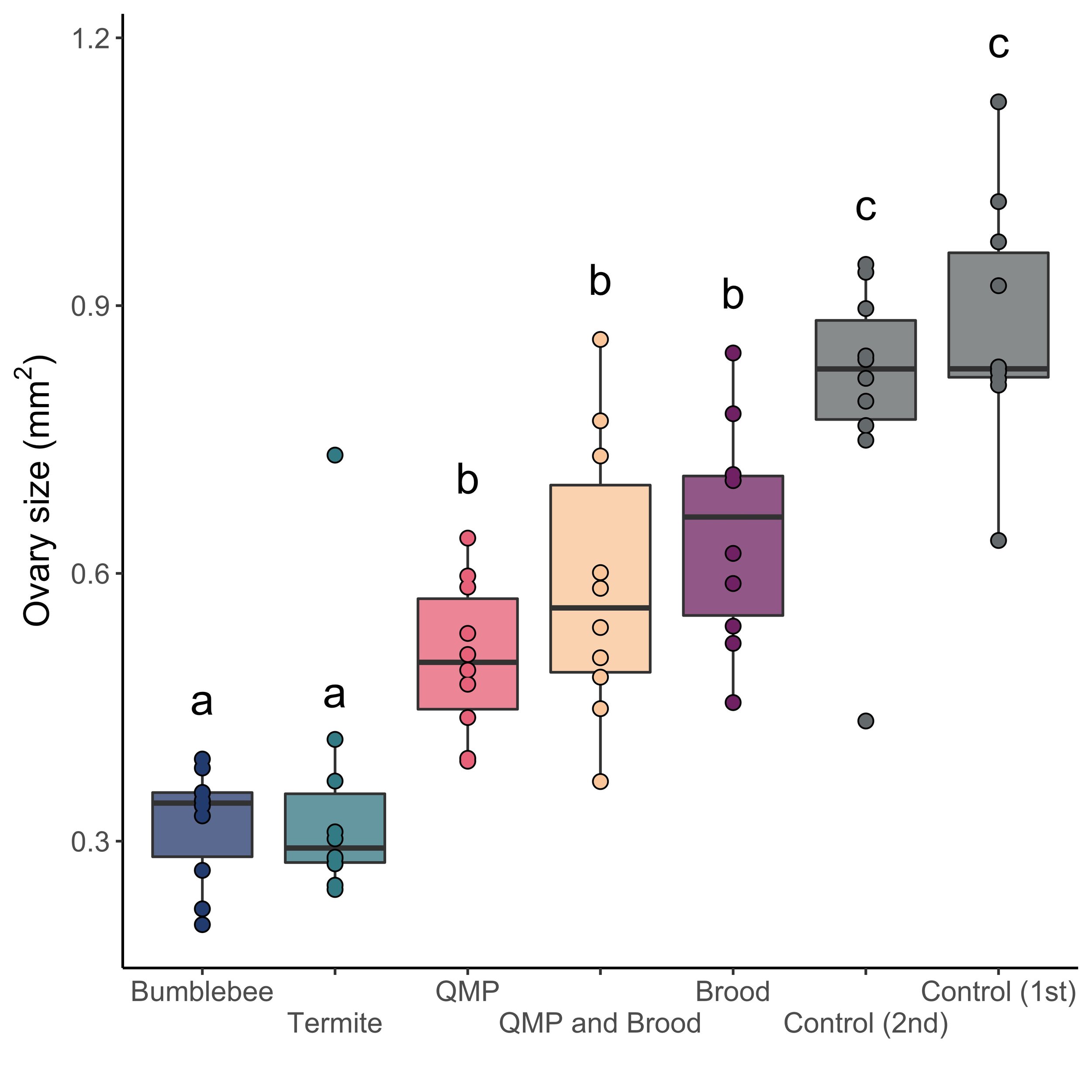Academic Interests
Plasmid tracking in yeast cells. Denton et al 2015
I left the academic life in 2019 but will always miss laboratory-based research. Although this page is more a history of my previous works, these topics remain passions of mine. I’ve been fortunate that I still contribute—free time permitting—to research projects with former collaborators. Moreover, I have a few old projects that still need to be published. I hope to finish them in 2024, but I’ve been saying that every year since 2020, so maybe not…
I am fascinated by complex systems, particularly how their evolution leads to them being more than the sum of their parts. Throughout my career, I was not beholden to any particular model system or technique. I preferred employing the best tools available—genetics, molecular biology, genomics and synthetic biology—to understand the evolution and behaviour of complex systems. I also have a keen interest in ‘hacking’ biological systems for real-world outcomes, whether enzyme production, population transformation or pest eradication. As a follow-on from more applied work, I developed a passion for studying scientific policy and biotechnology regulation.
1. Scientific Policy & GMO Regulation
Novel biological systems have enormous potential to address many challenges facing the world, but to maintain public confidence these advances need to be developed and deployed in a carefully regulated manner. However, domestic and international policy, coupled with regulatory law, typically lags behind technological development. To address this, it is critical that diverse stakeholders, especially technology experts, engage with the process. Over my career, I was increasingly provided opportunities to do this exactly. Previously, I contributed to an examination of genetically modified mosquito releases. However, more recently, working with Dr Chris Reynolds, we proposed an outcome based regulatory framework for Australia - one that examines the final product not the technology used to build it.
In my previous role within the World Mosquito Program and current role with CropLife Australia, I have been provided a much more hands on opportunity to engage with this process.
2. Synthetic Biology to Determine Biological Dynamics
Reproductive Communication & Barriers
Mate selection and reproductive isolation are key drivers in evolution. Although there are numerous naturally occurring examples, synthetic biology and experimental evolution provide considerable insights into how these processes shape life history.
Appropriate responses to the queues of other individuals are critical for any organism, but when you are your own germ line, like most microbes, a simple mistake can spell the end of your lineage. I studied how baker’s yeast, Saccharomyces cerevisiae, uses pheromone signally to ensure compatible mating. In this work, through experimental evolution of the pheromone receptor STE2, we explored mating barriers between species and determined critical regions in the receptor that facilitate these barriers. I also helped to develop a synthetic system that improved recombination between dissimilar chromosomes. This work demonstrated that anti-recombination was a strong contributor to hybrid sterility.
Community Population Dynamics
Mutualism facilitates the exploitation of otherwise difficult environmental niches and is at the heart of numerous ecosystems. However, how these complex relationships evolve, are maintained and what happens when they breakdown is still poorly understood. In a long-term collaboration with Chaitanya Gokhale, we explored these complex dynamics through the use of yeast systems and theoretical models.
Theoretical model versus experimental data of yeast growth from varying starting concentrations. Denton & Gokhale 2020
We published a review that examines the interface between theoretical and synthetic biology and how it relates to conservation, while asking the question — ‘Should we intervene in nature to stabilise failing mutualisms?’. This challenging question has no easy answer. However, as tools from synthetic biology become available to conservationists, these issues needs to be discussed. We have also conducted work aimed at understanding how environmental factors, specifically nutrients, induced the collapse of a synthetic mutualism systems. Finally, we developed a 4-strain synthetic systems and corresponding theoretical framework for the modelling of mutualism. Using this, we wrote a paper that demonstrated how ecology can shape mutualism and explored the role ecological cycles have in this context.
3. Genomics & Genetics to Explore Natural Systems
One-off Projects
I’ve been lucky to collaborate with some brilliant researchers on projects that support my ongoing academic interests but do not fit neatly into ongoing research. This has included a lead-author paper examining Minute (ribosomal protein) mutants in Drosophila melanogaster and co-author paper describing the development of tools for Culex quinquefasciatus.
Effect of pheromone treatment on ovary size in Drosophila melanogaster. Velasque et al 2021
Behaviour of Eusocial Insects
Eusociality is one of the most fascinating evolutionary stories in biology. Despite this, many of the underpinning drivers behind the process remained unresolved. I have been fortunate to have an ongoing collaboration with Mariana Velasque exploring eusociality. Using Drosophila melanogaster as a solitary ancestor, we explored the role pheromones have in the inception of eusociality. We found that while each pheromone treatment impacted ovary development, the resulting transcriptome was highly variable. In contradiction to the prevailing belief, we find evidence that rather than co-option of similar pathways, eusociality is an example of convergent evolution.
In addition, we have also conducted scientific outreach work using Apis mellifera (honey bees) and are currently finalising work exploring how ADHD-like behaviour is observed in bees.
4. Synthetic Biology for Disease Prevention & Pest Eradication
Altering Inheritance and Insect Population Suppression for Public Health / Crop Protection
Underdominance—wherein hybrids are weaker than either parent—is a powerful system that can facilitate the transformation of a whole population (a process also known as gene drive). I have previously worked on describing the development of a poison/rescue single locus gene drive in Drosophila melanogaster.
The World Mosquito Program deploys Wolbachia-infected Aedes aegypti to combat the global impact of vector-borne disease. In my previous position, I have explored the scale up and deployment of our technology. Predominantly this has required my engagement with regulatory bodies worldwide. However, it has instilled in me the desire to see other or similar technologies deployed to combat numerous global issues.


